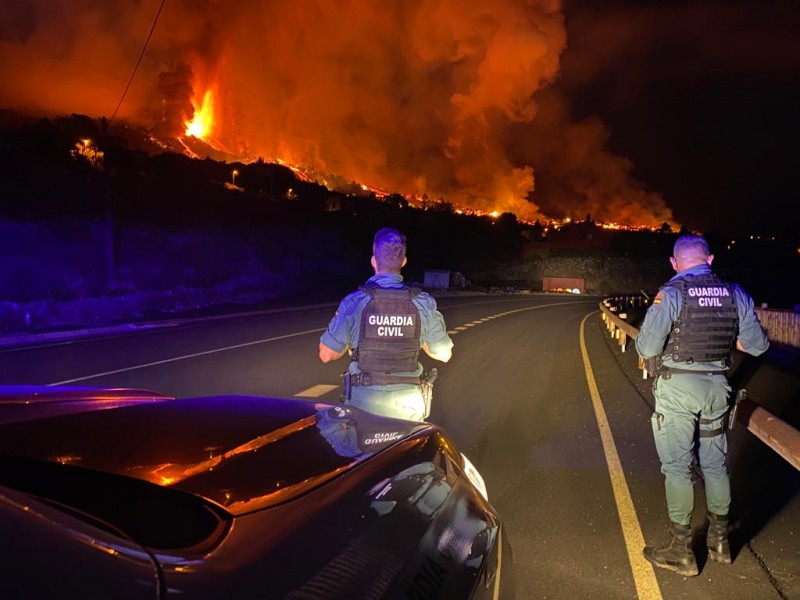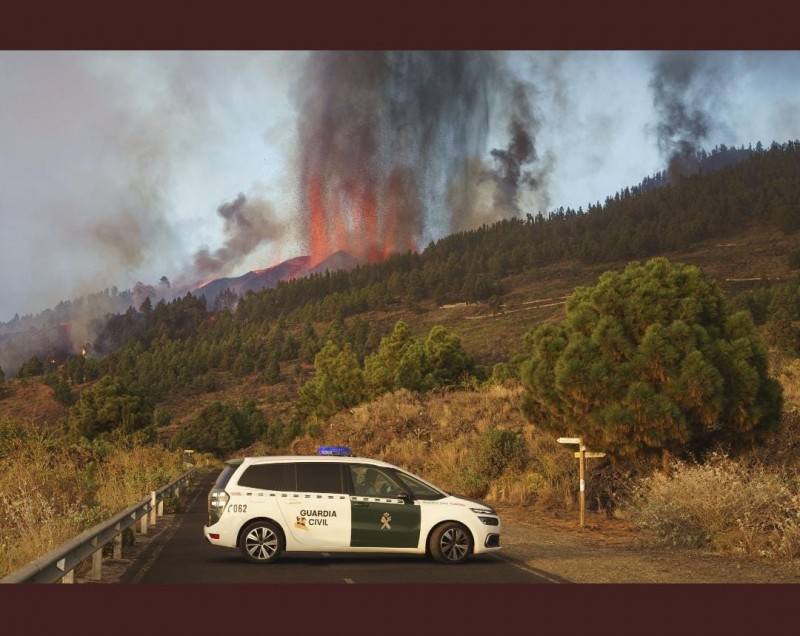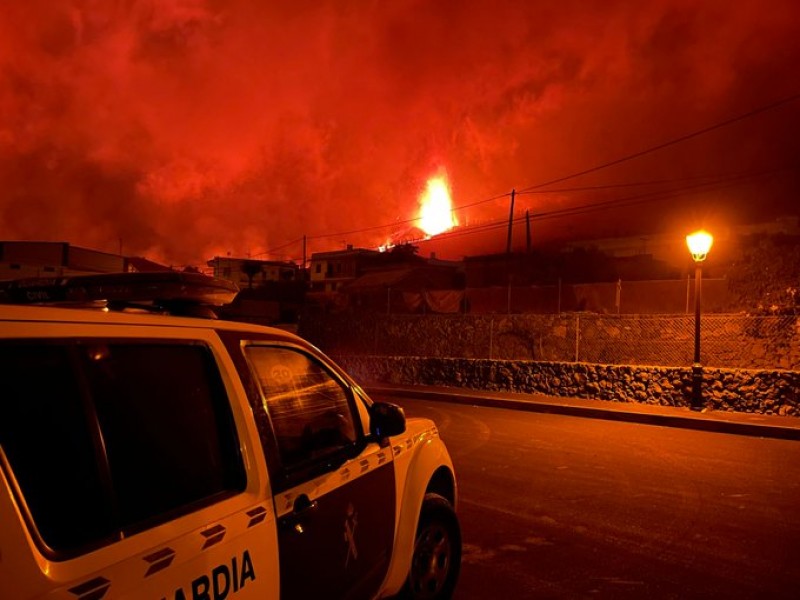Date Published: 21/09/2021
ARCHIVED - La Palma volcano lava may release toxic gases when it reaches the sea
Experts have warned that a chemical reaction could cause explosions and harmful emissions on the island of La Palma

Lava flow from the Cumbre Vieja volcano, which erupted on the Canary Island of La Palma on Sunday afternoon after a week of elevated seismic activity, has begun making its way to the sea on Tuesday morning, September 21. Although the ocean is its natural outlet, geologists and volcanologists have warned that the scorching volcanic matter meeting with the cooler, salty water will likely produce noxious gases and toxic clouds.
The flow has already reached the municipality of Los Llanos de Aridane and appears to be making its way to the coast through a strip between Puerto Naos and La Bombilla.
According to the crisis committee, Pevolca, the presence of Civil Protection officers has been intensified in the area due to the increased risk of “explosions and emission of harmful gases” and an exclusion perimeter has been extended by two nautical miles along the coast, from Puerto Naos in the south to Playa Las Vinas (Tazacorte) in the north. Security forces will physically prevent access to the danger zone on land.

Scientists initially believed that the lava would reach the sea by around 8pm on Monday evening, but a slowdown in the flow along with weakening activity from the volcano itself means that it is still making its way down. In addition, another fissure has since opened in Tacande, around 900 metres from the main eruption, something which volcanologists had already predicted.
The volcanic eruption on Sunday released 20 million cubic metres of lava which flowed toward the coast where the majority of people on the island of La Palma live. Consequently, some 5,000 individuals, including 500 tourists, had to be evacuated from the area and although there have been no reports of injuries, at least one hundred homes have been seriously damaged. While seven of the Canary Islands are home to volcanoes which make earthquakes common, the popular holiday spot hasn’t seen an eruption since 1971.
#ErupcionLaPalma
— Guardia Civil 🇪🇸 (@guardiacivil) September 20, 2021
-Evita en lo posible salir de casa
-No conduzcas cuando haya ceniza a menos que sea absolutamente necesario
-Infórmate sobre las rutas de evacuación y los puntos de reunión
-En caso de evacuación, cierra ventanas, puertas exteriores, agua, gas y electricidad pic.twitter.com/ecii1BMNZi
The Government is currently working on a draft decree law that will enable authorities to “urgently and immediately” rebuild the houses and buildings that were destroyed in the municipality of El Paso.
The lava paving its path toward the coast is currently registering a temperature of around a thousand degrees, and when this meets the sea, which is just over 20 degrees, an explosion of water vapour will occur, generating a dense white cloud. The plume is caused by a chemical reaction, mainly involving chlorine, which can irritate the skin, eyes, and respiratory tract, hence the exclusion zone.

According to the United States Geological Survey, there are four main dangers associated with the lava meeting the sea: the sudden collapse of the shoreline terrain or cliffs, the subsequent explosions that could be caused by this collapse, waves of boiling water caused by the extreme temperature of the lava and the plume of toxic gas containing hydrochloric acid and particles of volcano crystals.
While the airport remains open, several roads on the island, such as in Tacande, San Isidro-El Pilar, El Paso and Los Brecitos, along with the trails and forest tracks that pass through the municipalities of Fuencaliente, El Paso, Los Llanos de Aridane and Villa de Mazo are closed to traffic.
In addition to evacuating thousands of residents, the authorities are urgently trying to remove animals from harm’s way as well; the Guardia Civil posted a video showing officers loading goats, sheep and other animals into vehicles to transport them to safety.
El Guardia Civil procurará ser siempre un pronóstico feliz para el afligido...sin distinción de especies#ErupcionLaPalma pic.twitter.com/pV7tKTXpoW
— Guardia Civil 🇪🇸 (@guardiacivil) September 20, 2021
Images: Guardia Civil
Contact Spanish News Today: Editorial 966 260 896 /
Office 968 018 268




























